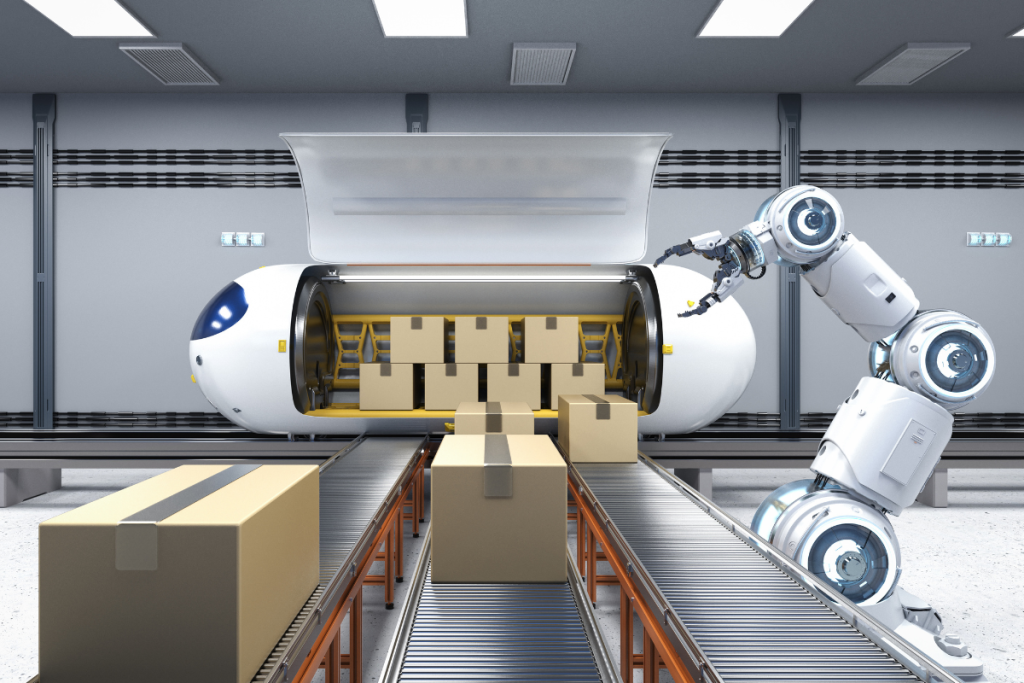As robotics becomes integral to logistics operations, Gartner predicts that by 2030, robots, not people, will report to one in every 20 supply chain managers. The shift is forcing companies to rethink not just automation strategies, but how warehouses are led, staffed, and governed.
Robot Management Is Becoming a Core Supply Chain Discipline
According to Gartner, 80% of people will interact with smart robots daily by 2030, and supply chain organizations are accelerating robotics adoption to counter rising labor costs and persistent talent shortages. Yet while chief supply chain officers (CSCOs) increasingly identify robotics as a strategic investment area, many admit their organizations lack the internal expertise to extract full value.
“CSCOs must create an organizational framework for managing expanding robot fleets,” said Abdil Tunca, Senior Principal Analyst at Gartner in an official statement. “Supervising polyfunctional and task-specific robots introduces challenges very different from managing people—especially as robots operate across broader workflows and physical environments.”
As deployments scale from isolated pilots to diversified fleets, the transition from engineering-led oversight to operational management is inevitable. Initially, robotics operations may fall under technical specialists. But long term, Gartner expects robot management to embed within logistics, planning, and operations teams, much like how IT support became an integrated business function over the past two decades.
A New Set of Capabilities and Accountability
Unlike traditional supervisory roles, managing robots will require fluency in how different machines collaborate, interact with humans, and respond to situational risks. While deep engineering knowledge isn’t expected, managers must understand the functional range and limitations of robots across use cases like inventory movement, pallet retrieval, or automated sortation.
Consider a scenario where an autonomous mobile robot (AMR) retrieves items stored at high elevations in active zones. A manager would need to evaluate human-machine safety dynamics, allocate buffer time for task completion, and resolve operational conflicts. Without a basic grasp of robotic constraints, managers risk exposing facilities to safety violations or performance degradation.
To prepare, Gartner recommends organizations develop robotics competency centers, implement robust warehouse automation strategies, and define governance for vendor selection, SLA benchmarks, cybersecurity protocols, and lifecycle support. These foundational efforts, Gartner argues, are as critical as the hardware itself.
Decision Rights in a Machine-Managed World
As robotic systems grow more autonomous, one looming question remains underexplored: who decides when machines override standard protocols? Gartner’s forecast suggests not just a shift in job function, but in accountability. Without clearly defined escalation paths or override authority, supply chain teams may find themselves caught between machine logic and operational reality. Building governance around decision-making, not just deployment, will be essential for managing tomorrow’s robotic workforce.




